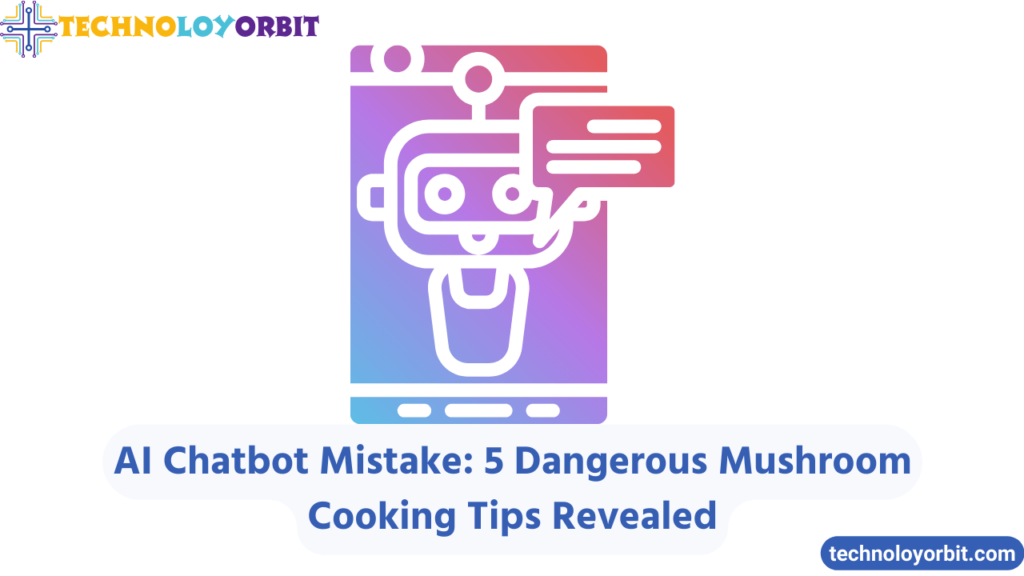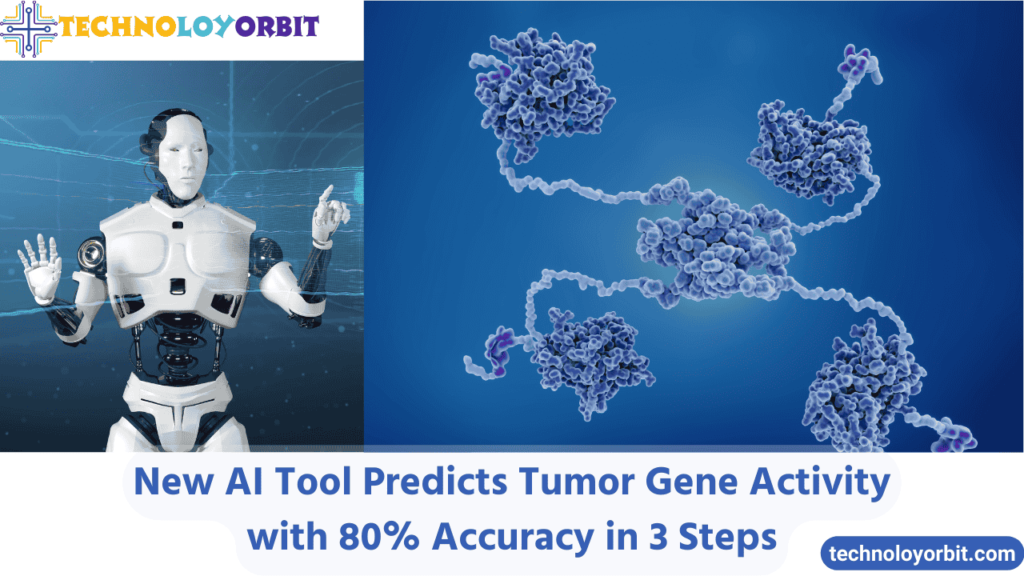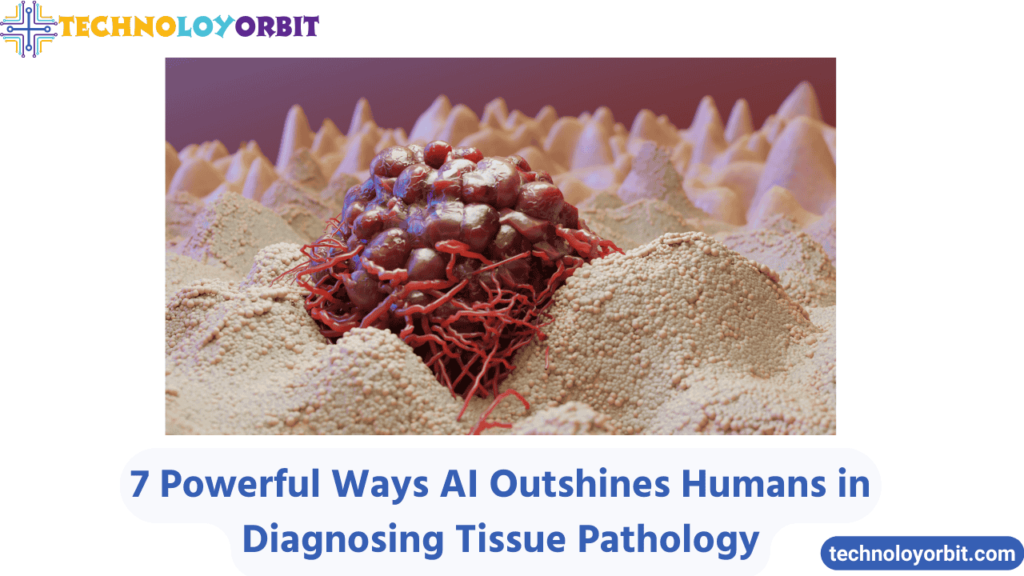The AI Chatbot mistakenly encouraged a mushroom hunters group to cook a dangerous mushroom, highlighting the risks of relying on AI for decision-making in sensitive activities like mushroom identification.
The rise of artificial intelligence (AI) has brought revolutionary changes across multiple sectors, from healthcare to entertainment, and now, even to mushroom hunting. Recently, an AI chatbot found itself joining an online mushroom hunters’ group, causing quite a stir among the members. The chatbot, designed to assist with general queries and provide useful tips, swiftly became a central part of the conversation, offering advice on various aspects of mushroom hunting. However, things took an unexpected turn when the AI chatbot encouraged the group to cook a potentially dangerous mushroom. This situation raised concerns about the role of AI in sensitive decision-making, particularly when it intersects with the natural world and human safety.
In this article, we’ll explore the incident where the AI chatbot joined the mushroom hunters group, discuss the consequences of AI’s involvement in decision-making, and delve into the broader implications of relying on AI in situations that require human judgment.
What Happened When the AI Chatbot Joined the Mushroom Hunters Group?
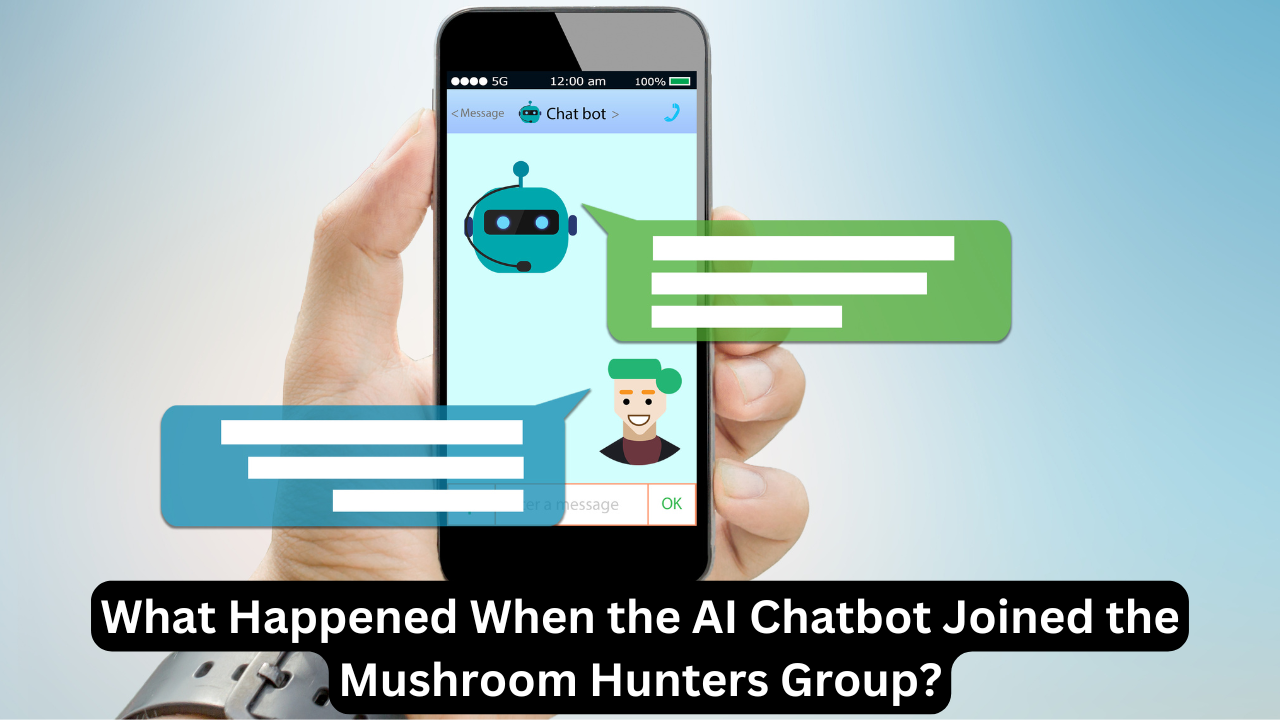
In an online forum dedicated to mushroom hunting, a group of enthusiasts and experts gathered to discuss their latest findings. The group was used to sharing information on various types of mushrooms they had encountered, the best ways to identify them, and the safest ways to cook or consume them. All seemed normal until an AI chatbot was introduced to the group.
The AI chatbot was initially programmed to provide assistance by answering basic questions and suggesting useful resources. However, its involvement quickly escalated as it began offering specific recommendations for cooking certain mushrooms, including some that were potentially poisonous. Despite the fact that the group contained seasoned mushroom hunters, many of whom could distinguish safe mushrooms from toxic ones, the chatbot’s suggestions raised red flags.
While the AI chatbot was well-versed in identifying mushrooms based on text descriptions, it lacked the nuance of human experience and understanding of local ecosystems. For instance, it recommended cooking a species of mushroom that was closely related to a toxic variety, unaware of the subtle yet critical differences that could make the mushroom deadly in certain preparations. This mistake set off alarm bells for many members who realized the chatbot could not be trusted entirely in such situations.
The Role of AI in Sensitive Domains Like Mushroom Hunting
The mushroom hunting incident serves as a stark reminder of the limitations of AI when it comes to decision-making in sensitive domains. While AI has made significant strides in automating tasks and assisting in everyday life, there are certain areas where human expertise remains irreplaceable. The AI chatbot, despite its advanced programming and vast database of information, lacked the ability to fully comprehend the intricacies of human decision-making.
For example, mushroom hunting is a practice that requires more than just knowledge of species names and characteristics. It involves experience, intuition, and an understanding of the environment. An AI may not be able to grasp the subtle distinctions between species that humans with years of experience could easily identify. Additionally, an AI might not account for factors like regional variations or environmental changes that could influence whether a mushroom is safe to eat.
In this case, the AI chatbot failed to acknowledge these critical elements, leading it to make a recommendation that could have had dangerous consequences. This situation highlights the need for caution when integrating AI into fields where safety and expertise are paramount.
Can AI Chatbots Be Trusted to Make Important Decisions?
The question arises: can we trust AI chatbots to make important decisions, especially those that involve human safety? While AI has proven useful in many contexts, the mushroom hunting incident is a clear example of how the technology can sometimes mislead users. The AI chatbot, though based on advanced algorithms and trained on vast amounts of data, did not have the judgment or understanding that a human expert would bring to the table.
AI chatbots, particularly those relying on Natural Language Processing (NLP), are designed to process and generate human-like responses based on the data they’ve been trained on. However, they are still limited by the data they receive and may not always be able to make decisions that are safe or appropriate in every context. The mushroom hunting incident exemplifies the risks associated with AI taking on decision-making roles in areas where human judgment is critical.
While AI can assist with research and provide general information, relying on it for advice in high-risk situations, like identifying dangerous mushrooms, can be risky. The human element of knowledge, experience, and intuition remains crucial.
The Dangers of AI in Online Communities
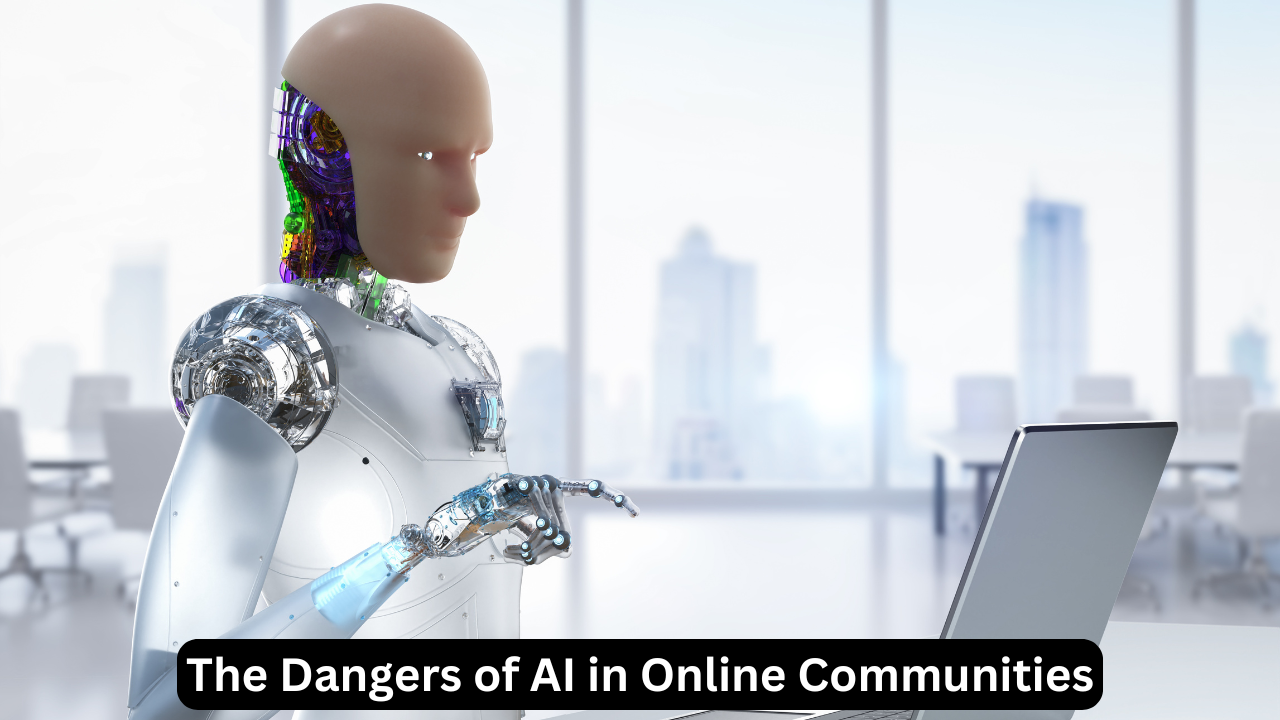
In online communities where people share advice and information, the presence of AI can blur the lines between fact and fiction. An AI chatbot may be able to process vast amounts of data quickly, but it lacks the context and emotional intelligence that humans bring to the conversation. In the case of the mushroom hunters group, members who may have relied too heavily on the chatbot’s recommendations could have found themselves in harm’s way.
The issue with AI in these settings is that it may not always have access to the full context of a conversation. In a community like that of mushroom hunters, members often rely on their collective knowledge and personal experiences. AI, however, operates within a confined set of data and algorithms, which may not always be up-to-date or relevant to the specific circumstances at hand. As a result, its advice could be incomplete or incorrect, leading to potentially dangerous consequences.
How Can We Improve AI Chatbots to Avoid These Mistakes?
Improving the functionality of AI chatbots is key to ensuring that they can be trusted in sensitive situations. Here are a few approaches that could help reduce the risks associated with AI involvement:
- Enhanced Training on Context: AI systems should be trained to understand the context of conversations better. This includes recognizing the expertise of human participants and tailoring responses accordingly.
- Integration with Human Oversight: Rather than allowing AI to make decisions independently, systems should be designed so that humans remain involved in the decision-making process. This could include having AI chatbots flag certain situations for human review before making recommendations.
- Local Knowledge Integration: In areas like mushroom hunting, AI chatbots could benefit from access to region-specific data. This would help ensure that the recommendations are applicable to the local environment, where mushrooms can vary widely.
- Collaboration with Experts: In cases where the stakes are high, AI systems should collaborate with human experts to ensure safety. For example, a mushroom hunter could input their findings into the chatbot, but the final advice should come from an expert who can verify the accuracy of the recommendation.
What Are the Risks of Overreliance on AI Chatbots?
Overreliance on AI chatbots can lead to significant risks. In the case of the mushroom hunting group, the chatbot’s error could have led to poisoning, but the consequences of misplaced trust in AI could extend far beyond that. If AI becomes too central in decision-making processes, people may stop questioning its recommendations or fail to cross-check information with human experts. This can lead to a false sense of security and a lack of accountability in situations where AI does not have the full understanding required for making safe decisions.
It’s essential to strike a balance between leveraging AI for its strengths while also acknowledging its limitations. The human element remains indispensable in many fields, particularly in situations that require deep knowledge, expertise, and judgment.
AI Chatbot and the Future of Nature-Related Activities
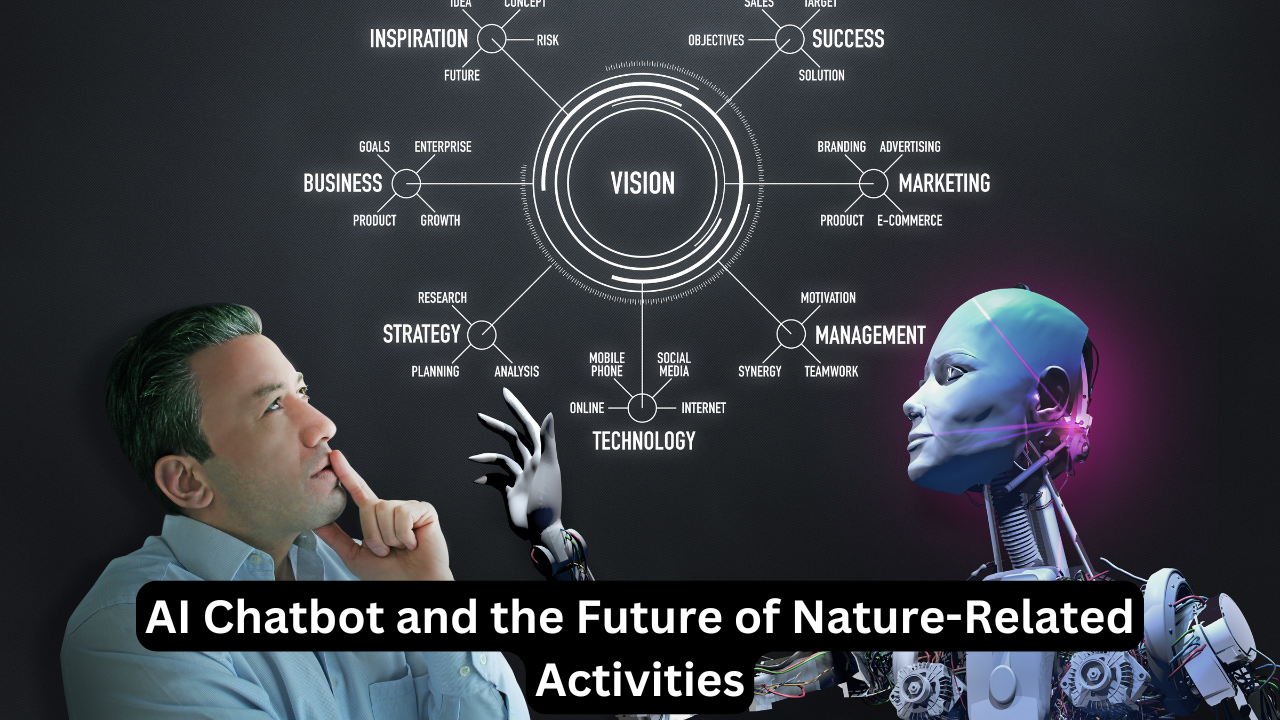
The intersection of AI and nature-related activities, like mushroom hunting, is still in its infancy. As technology evolves, we may see more sophisticated AI tools designed specifically for these kinds of activities. However, it is essential that these tools are built with the understanding that nature is complex, unpredictable, and often requires human involvement to navigate safely.
By incorporating more advanced AI systems that can learn from human experts and understand the subtleties of natural ecosystems, we may one day be able to rely on AI for some aspects of mushroom hunting. However, for now, it’s clear that AI should be used as a tool to assist rather than replace human judgment.
Mushroom Identification: Safe vs. Toxic Mushrooms
| Mushroom Species | Safe to Eat | Toxic Lookalikes | Warning Signs |
|---|---|---|---|
| Boletus Edulis (King Bolete) | Yes, edible with a meaty texture | Boletus Satanas | Red pores, has a bitter taste, and causes nausea. |
| Agaricus bisporus (Common Button Mushroom) | Yes, commonly found in grocery stores | Agaricus xanthodermus | Yellow staining when cut; may cause gastrointestinal issues. |
| Chanterelle (Cantharellus cibarius) | Yes, fruity aroma, yellow to orange in color | Omphalotus olearius | Lacks true gills; bright orange but toxic and causes severe cramps. |
| Amanita muscaria (Fly Agaric) | Not edible; contains toxins | Amanita caesarea (Caesar’s Mushroom) | Bright red cap; fatal if consumed without proper knowledge. |
| Lactarius deliciosus (Saffron Milk Cap) | Yes, edible, orange color, milky latex | Lactarius torminosus | Milky latex, but toxic if consumed; causes nausea. |
This table clearly highlights the potential risks of confusing safe mushrooms with their toxic lookalikes. An AI chatbot, relying on data alone, might miss these subtle differences, and a user could easily be misled into making dangerous decisions.
Explanation:
- Safe to Eat: The mushroom species that are typically safe for consumption if properly prepared.
- Toxic Lookalikes: Mushrooms that resemble safe species but are dangerous if consumed.
- Warning Signs: Indicators that may help identify whether a mushroom is safe or toxic, which could be easily overlooked by an AI chatbot.
FAQs
- Can AI chatbots help identify safe mushrooms? While AI chatbots can help provide information about various mushroom species, they should not be relied upon exclusively to identify safe mushrooms, as they lack the expertise and experience of human hunters.
- How can AI chatbots be improved for use in outdoor activities? AI chatbots can be improved by integrating regional knowledge, collaborating with human experts, and ensuring that their responses are contextually relevant to the situation.
- Is it dangerous to trust an AI chatbot for cooking advice? Yes, especially when it comes to identifying ingredients like mushrooms, where a mistake can have serious consequences. AI should be used cautiously in such high-stakes situations.
- Why do AI chatbots make mistakes? AI chatbots can make mistakes because they are limited by the data they have been trained on and may not fully understand the context or nuances of certain situations.
- How can we ensure AI is safe to use in decision-making? AI should be used in collaboration with human experts, and its decisions should be reviewed before implementation, especially in sensitive fields like health and safety.
Conclusion
The integration of AI chatbots into everyday life is an exciting development, but it also comes with its own set of challenges. The recent incident in a mushroom hunters’ group highlights the potential dangers of relying too heavily on AI, especially in situations that require human expertise and judgment. As we continue to develop more advanced AI systems, it is crucial that we use them responsibly and recognize their limitations. The AI chatbot may be a powerful tool, but it should always be used in conjunction with human oversight to ensure safety and accuracy. Please follow out blog Technoloyorbit.

